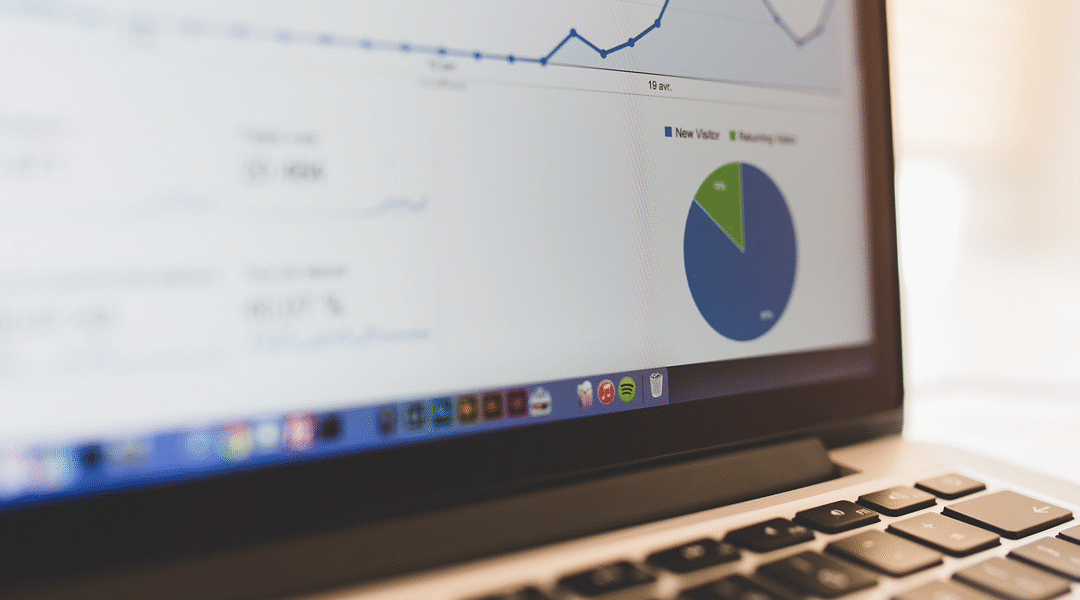n a context where currency volatility, fluctuating taxes, and unpredictable agricultural markets challenge even the best-planned companies, the 8th Simpleza Strategic Forum provided a roadmap for translating strategy into actionable metrics. Led by Ignacio Carnevale, with key contributions from Sebastián Salvaro and Paula Garre, all members of the Simpleza team, the event made it clear that in 2025, measuring is not an accounting exercise: it’s the compass to avoid losing direction.
Ignacio Carnevale opened the discussion with an uncomfortable question:
“How many companies have a clear strategy but don’t know if they are fulfilling it?”
According to him, the answer lies in breaking down profitability using tools like the Dupont formula, which decomposes ROE (Return on Equity) into three pillars: net margin, asset turnover, and financial leverage (Assets/Equity). While this approach is key, he clarified that there are other methodologies to link metrics with strategy. For example, ROA (Return on Assets) combines the sales margin (EBITDA/Sales) and asset turnover (Sales/Current Assets).
“It’s not just about numbers: a current asset can be stored grain, dollars, or bonds. The key is understanding how they turn into sales and, ultimately, into equity,” he stated. To illustrate, he presented a case of an agricultural company where 40% of its “liquidity” was unsold grain, which forced them to redefine their planting strategy.
Sebastián Salvaro took the conversation into the realm of hidden risks. He warned that seemingly solid metrics can hide traps, such as the technical VAT, a non-current liability that, if not segregated, distorts real liquidity.
“It’s like having an inflated life jacket: it seems like you’re floating, but it can deflate at any moment,” he exemplified.
He also highlighted the challenge of currency mix: “Borrowing in pesos or dollars is not an abstract decision. It depends on whether your asset is a bond, a silo full of grain, or cash in hand. Today, the ‘surname’ of assets defines the tactic.”
A practical case resonated with the audience: a company that restructured its dollar debt after discovering, through a dynamic dashboard, that 60% of its current liabilities were deferred municipal taxes.
“That adjustment allowed them to finance the 2025-26 campaign without cutting investments,” explained Salvaro.
Paula Garre, for her part, emphasized that technology alone does not guarantee success. “Systematizing is not the same as digitalizing: it’s about creating processes where teams understand the ‘why’ behind every number,” she asserted. She shared how, in an agro-export company, the finance department measured ROE, while the operations team only analyzed costs per hectare.
“That fragmentation led to contradictory decisions. The solution was a unified dashboard that crossed assets, liabilities, and quarterly goals.” A concrete example: by excluding the technical VAT from the “acid test” (liquid assets vs. 90-day debts), they discovered that they needed 20% more cash to meet immediate obligations.
“Without that data, they would have burned liquidity on unavoidable payments,” she noted.
Carnevale’s closing summarized the spirit of the forum:
“Simpleza is not about doing less, but about prioritizing. In a year when circumstances tempt you to deviate, strategy is defended with live indicators, liquidity transparency, and teams that share the same horizon.” For the attendees, the message was clear: in times of uncertainty, measuring well is not optional. It’s the line that separates survival from growth.





